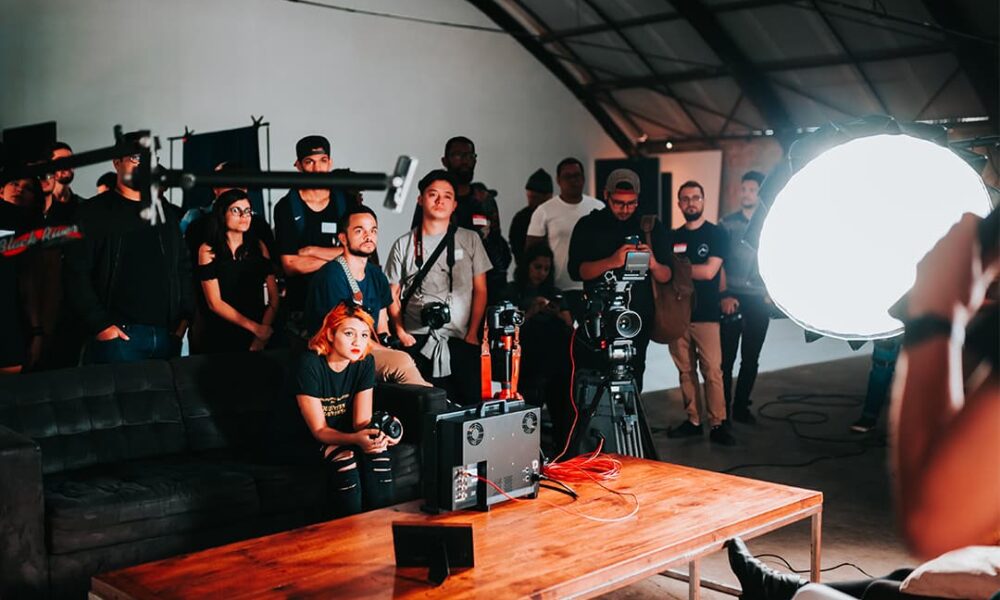The goal of the course for photographers is to understand studio equipment and the properties of light.
After completing the course, you will understand how to work with any kind of light – with flashes, with constant light, with light from a window, with the sun on the street. In the photography course, you will learn how to use light to convey mood and enhance the content of the frame.
Lesson 1 – Light modifiers
- Technical settings of the camera and studio flashes;
- Soft and hard light;
- Drawing and filling light;
- Light and tone drawing;
- Light and shadow painting.
2 Lesson – Studio equipment
- Softbox, octobox, strip box;
- Portrait plates;
- Snoot;
- Reflectors of 3 types;
- Curtains;
- Honeycombs;
- Color filters;
- Reflectors;
- Flags.
3 Lesson – Lighting schemes
- Contrast lighting;
- Background lighting;
- Accent light;
- Modeling light;
- Rembrandt light;
- Hinge;
- Butterfly;
- Side light.
4 Lesson – Practical lesson
You will practice and shoot at every lesson, but if you have been following the teacher so far, now it’s time to work independently and experiment. The teacher will, of course, be there to give you tips and answer questions.
Lesson 5 – Lighting schemes
- Tunnel lighting;
- Beauty;
- Snake;
- Working with gobos and non-standard reflectors.
6 Lesson – Strobing
- Flash;
- Synchronizers;
- Softboxes for compact flashes;
- Strip boxes;
- Umbrella, stand, flash and umbrella holder;
- Reporting solutions.
7 Lesson – Preparing for the shoot
- Idea;
- Moodboard;
- Checklist.
Homework
To learn how to take pictures, you need to take pictures. And not only on the shoots that we prepare for the lessons, but also on your own. You will have homework for each topic.
